Support & Resistance Simplified
$15.81
| Author(s) | |
|---|---|
| Format |
|
| Pages |
128 |
| Publication Year |
2003 |
Support and Resistance Simplified offers a thorough overview of how understanding SR functions is an important aid to today’s trader. Information is presented in building block fashion, beginning with the basics and introducing in each subsequent chapter the elements of SR that you need in order to master this useful analytical tool. This book illustrates not only the technical elements of SR but also how to apply them to market theories, such as The Dow Theory. Having mastered the various techniques, we conclude with modern day innovations that, while they will not make you right all of the time, you will gain enough of an edge to put you ahead of the averages.
Introduction:
Beating the averages—that is every investor’s ultimate goal. Technical analysis is a science that anticipates short-term price changes by using recent patterns, trends, reversals, and ranges. This fascinating topic has as its foundation in the concept of support and resistance, the borders of a trading range in which trading action occurs.
This book explores the important aspects of support and resistance, and shows you how to use the concepts that technicians have developed to improve their own market performance. As the cornerstone of virtually all-technical approaches to price study, support and resistance is perhaps the most important concept you can master in developing your own analytical program. Since it is impossible to consistently and accurately identify the duration of any price trend, we have to depend on support and resistance patterns to look for signals of either change or continuation in price.
The support and resistance levels represent a concentration of buying and selling activity. When that concentration begins to evolve, signals develop. The astute technician, recognizing those emerging changes, is then able to act quickly and make buy or sell decisions before the market as a whole sees the effects. Once the effects have become obvious, the opportunity to profit has been lost, and that is the essence of the book: by mastering a few basic observations about price patterns as they relate to support and resistance, you will be able to improve your overall timing in the market.
This doesn’t mean that you will be able to predict the near-term future—especially concerning stock price movement—even though that idea is compelling. Investors, who assume that the purpose is to reliably predict emerging price trends each and every time, often misunderstand technical analysis, and specifically the various charting tools that it involves. The goal of creating and monitoring charts is not specifically to predict the future; rather, the goal is to improve our forecasting abilities, to better understand the likelihood of the next phase in a pattern.
Market technicians regularly monitor or chart price and volume, and in this process they have developed several specific methods used to analyze and forecast likely price trends and patterns. SR (as we refer to support and resistance throughout this book) has often been equated with the economic forces of supply and demand. However, this is not entirely accurate. Rather, SR acts more as a defining visual representation of price potential versus likely exhaustion levels, a broad range of the current supply and demand factors that are at work on a specific stock.
While supply and demand are forces motivating buyers and sellers to interact with one another, SR concentrations—and the trading range itself—define the relative distance between the two levels: the lowest price at which sellers are willing to sell and the highest price at which buyers are willing to buy. From the point of view of technical analysis, in which stock market price is the most important element of study, SR is the defining range, literally the lines of definition. Without the existence of SR range, we have nothing but an unpredictable and random movement of price from one point to another. For example, highly volatile stocks fit that description because price has not settled down into a trading range. By its very definition, “volatility” means rapidly moving, unpredictable, and even random change. No form of analysis—technical or fundamental—can be applied to understand nor to predict the next course of price movement for highly volatile stocks.
Contents:
- SR: The Foundation of Technical Analysis
- The Dow Theory: Applying SR to Individual Stocks
- Trend Lines and Channels: Techniques to Identifying SR Levels
- Chart Patterns: Visual Confirmation of Price Movement
- Swing Trading: Creating Maximum Profit Opportunities
- Learning to Forecast SR Levels
- Volume: The Other Confirming Measure
- Applying Modern Innovations to SR Applications
Support and Resistance Simplified By Michael C. Thomsett pdf
7 reviews for Support & Resistance Simplified
Clear filtersOnly logged in customers who have purchased this product may leave a review.

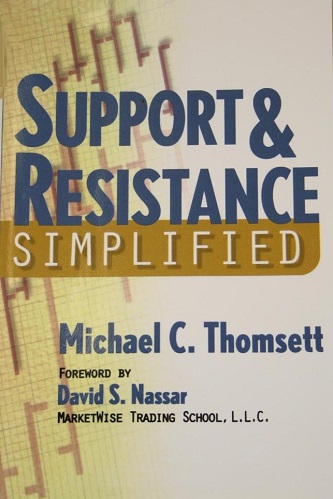


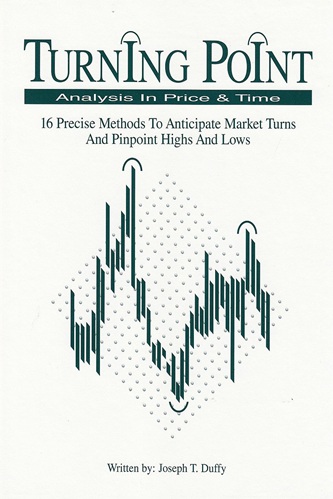
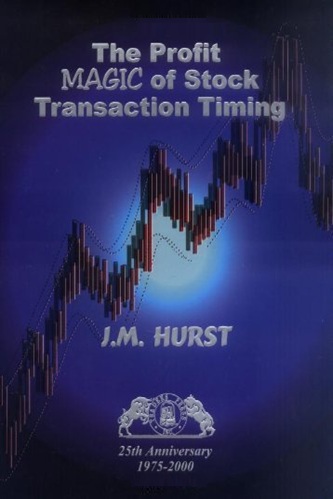
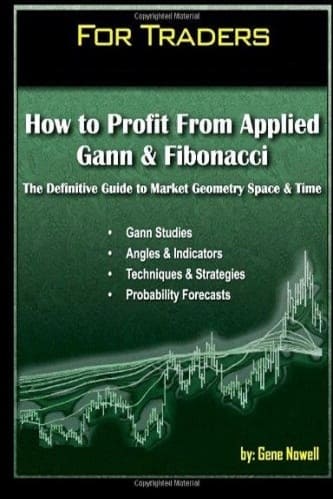
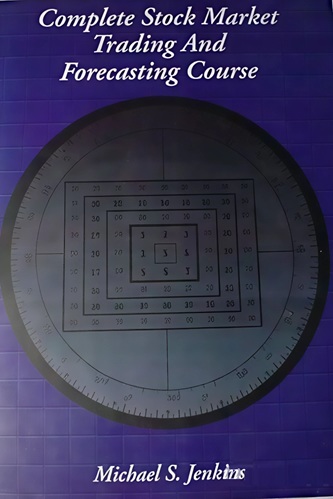
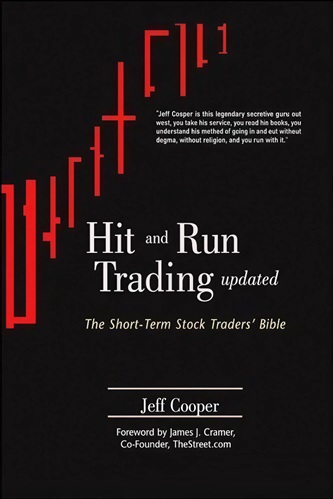
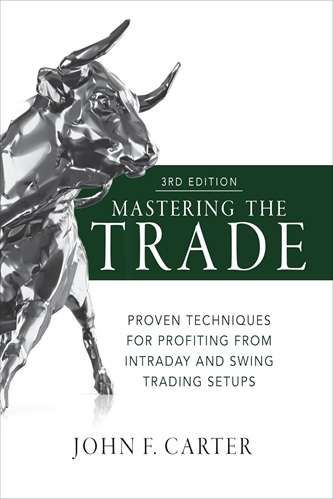
Hugo Roth (verified owner) –
Not up to my expectation
Harry Trejo (verified owner) –
The book helps to understand the rise and fall of the market. By the way, this collection, all the books are very good
Rosalyn Logan (verified owner) –
Great for beginners who want to understand the concepts of support and resistance and how they relate to trading any market..
Rocco Brewer (verified owner) –
So informative yet so simplified, It is easy to follow and also pleasing to read.
It discusses support and resistance and chart patterns. It is book that you
Can read over and over again.
Elliot Hurley (verified owner) –
When I bought this book, I expected to learn how to draw supports & resistances, and hopefully it’ll include trenlines & channels.
I didn’t get to learn that. There is also a basic tenet of this book that i cannot agree with. It tells readers that supports & resistances are not functions of supply and demand. It may not be in the economic terms but my view is that S&R are the results of supply and demand of the stock at the given prices.
What you’ll find in this book are the basic definations for S&R, plus some explainations. You’ll get the same for channels, gaps and the various triangle chart patterns. Swing trading is briefly touched upon, as well the dow theory.
I dont find this book telling me much about S&R that I don’t already know. It is not a book for advanced traders. I don’t think it is useful for beginners as well, any book that talks about technical analysis in general should be able to provide better details and explainations on everything this book touched on.
Aliyah Ahmed (verified owner) –
Well it does have some information that might be useful, but the writing is pretty bad. And the author does some strange things. Like harping (continuously) about how you cannot use Support and Resistance for intraday trading. Then he turns around and use intraday charts to show support and resistance examples. It all seems either thrown together or just poorly done.
Van Nichols (verified owner) –
Support and Resistance is perhaps the greatest contribution, and most widely held concept in technical analysis, and has since become an invaluable method for technical trader and investor alike…As founder and president of the nations most recognized research and education facility for traders, MarketWise Trading School’s core curriculum and analysis begins with a thorough understanding of Support and Resistance…This excellent primer explains these dynamics and the proper use of S&R using today’s technology”